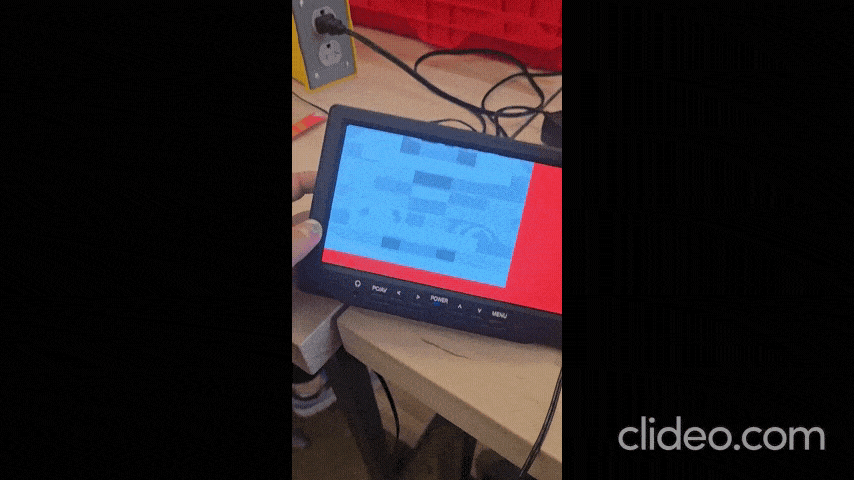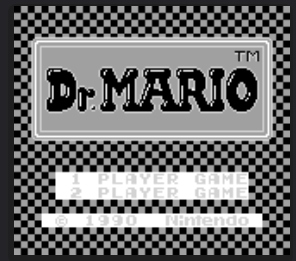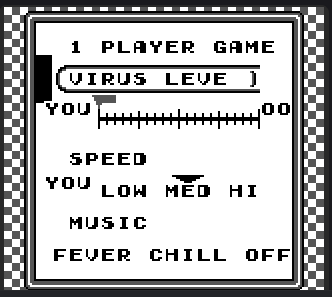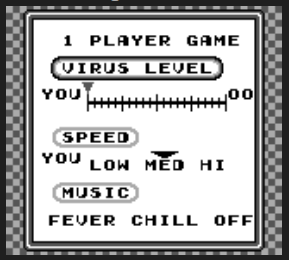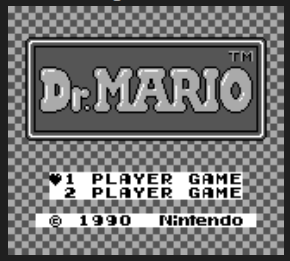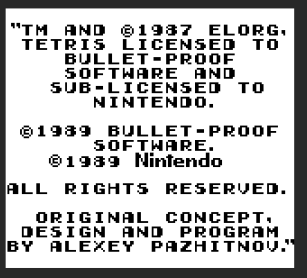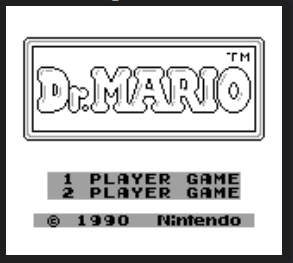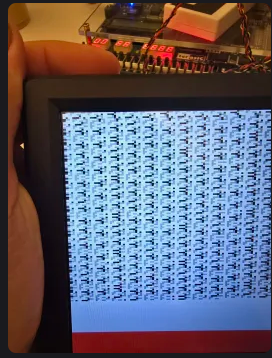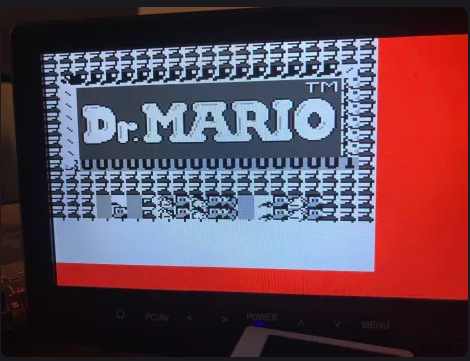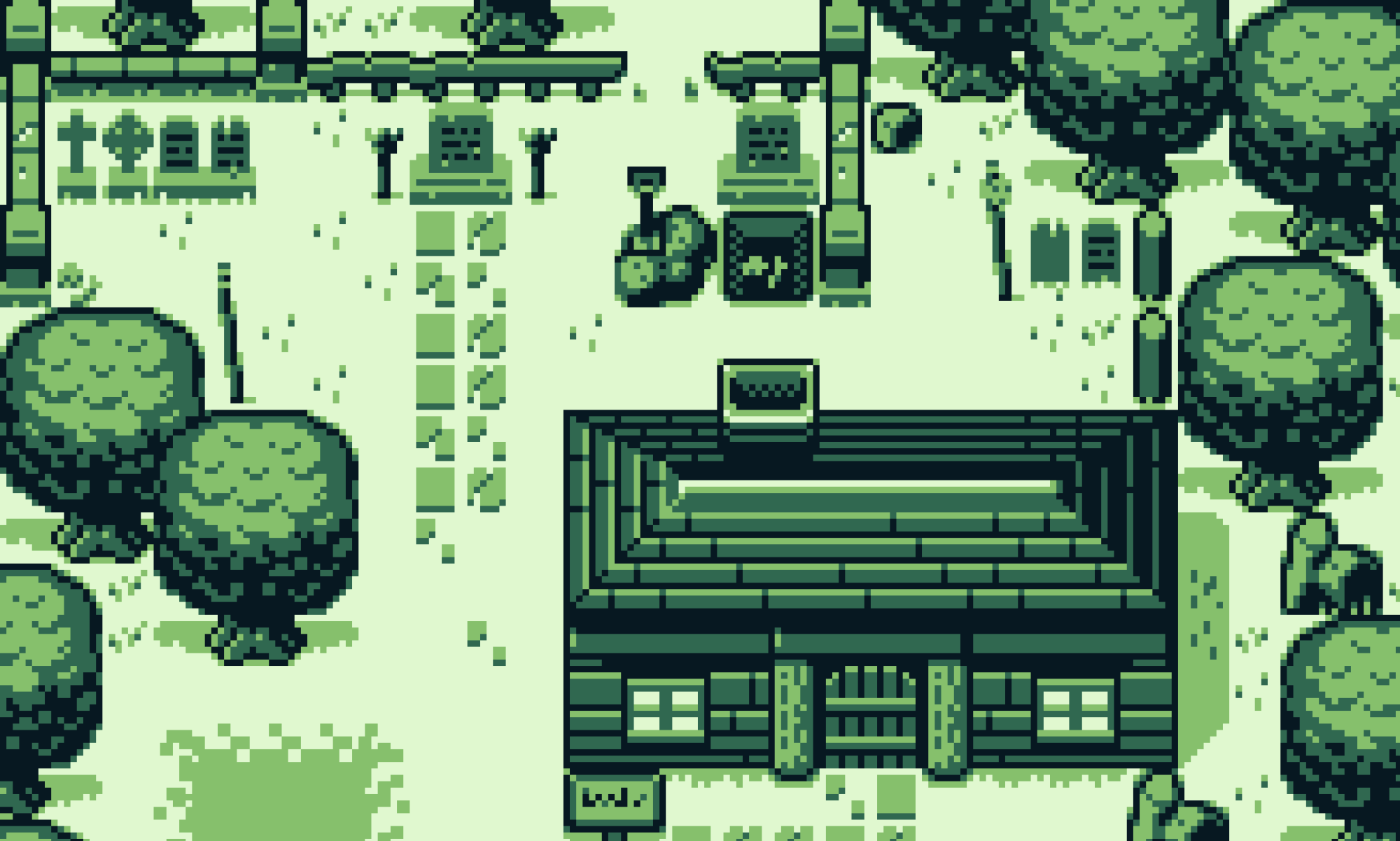Progress:
- Integration
- Full integration in progress
- We are able to render specific frames statically with Tetris/Dr.Mario/other rom tests in simulation now, but rendering the full game code in synthesis is still being debugged.
- Successfully generated first frame for Tetris in simulation.
- Successfully generated 3 frames for Dr Mario using actual Joypad interrupts in simulation.
- VGA Support added in synthesis.
- Full design (including controller) integrated and synthesized on FPGA — debugging (using SignalTap 🙁 ) in progress.
- DMG Acid Test face runs and shows up as a mostly intact fact on synthesized design
- Dr. Mario ROM in synthesis has yet to work–after starting it up on an FPGA, the first frame shows up as a flicker and then it’s a white screen. We are fixing this currently.
- We are able to render specific frames statically with Tetris/Dr.Mario/other rom tests in simulation now, but rendering the full game code in synthesis is still being debugged.
- Full integration in progress
- PPU: DMG Acid Test in simulation almost fully debugged. PPU integrated with design fully. VGA + BRAM based Frame Buffer support added.
- APU:
- Wrote/compiled APU (4 channels, 2 PWM, 1 wave ram, 1 pseudorandom with envelope/sweep/frequency change support)
- I/O
- New controllers have been assembled
Design Changes:
- There are now 4 clocks in the design.
- MMU clock that runs at 8MHz
- PPU clock that runs at 4MHz (1 cycle is called a dot)
- CPU clock that runs at 1MHz (1 M-cycle = 4 dots)
- VGA clock that runs at 50MHz
- The reason for these clocks is due to the spec.
- The MMU must run twice the CPU frequency, because our FPGA BRAMS (gameboy memory) have a 2 cycle read latency.
- The PPU is clocked at 4 MHz according to Gameboy spec
- The CPU executes an instruction across 4 cycles of the 4 MHz clock–hence, we made the CPU clocked according to 1 MHz. This is a subtle distinction that took us a while to dig out during integration and clarify. The discrepancy between the CPU and PPU clocks are documented poorly online and likely isn’t as big of a concern for software emulators.
- The VGA must communicate at 50 MHz.
- The MMU must run twice the CPU frequency, because our FPGA BRAMS (gameboy memory) have a 2 cycle read latency.
- In our FPGA, we have two clock generators – a 50 MHz one and an 8 MHz one. The other 4 MHz and 1 MHz signals are derived from the 8 MHz to ensure that the clock edges are properly aligned. This was another bug we fixed this week.
Risks and Risk Management:
- Switching to Joypad GPIO for now to reduce USB integration complexity
- Postponing NIOS II integration for after MVP gets hit, especially because its more well understood now
- Potentially cutting APU from final, because of time considerations (even though the pieces to put it together exist)
Verification & Validation Progress:
- CPU:
-
-
- passes Blargg Test ROM cpu-tests (minus interrupt tests due to optimizations in PPU)
- passes hand-made tests
- Is able to generate multiple frames and process joypad input.
-
- PPU:
-
-
- Passes mode-level, line-level, and frame level timing requirements
- 100% palette mapping accuracy
- Minor Sprite bugs – but these will be debugged soon to achieve sprite accuracy requirement
- Frame Output latency well under requirement threshold
-
- MMU:
-
-
- Passes in personal testbench that did:
- Queries to memory regions (rom/wram/exram/vram/oam/hram)
- Queries to memory IO registers
- DMA Query
- Basic interrupt checks
- Passes in personal testbench that did:
-
- APU: Work in progress – no tests have been done so far
- I/O:
- All key presses on the controller are very responsive – complete testing of latency will be done soon to validate if controller response time meets use case and design requirements.
Bugs we fixed over the last two weeks:
- VRAM/OAM cpu write propagation (simulation)
- Reworked MMU/CPU/PPU clocks (simulation/synthesis)
- PPU reset behavior (simulation)
- Sprite priority bugs (simulation)
- Sprite horizontal and vertical flipping bugs (simulation)
- Window internal counter bug (still needs to be fully fixed) (simulation)
- Sprite sorting edge case (when sprite is technically off screen) (simulation)
- Horizontal and vertical background scrolling glitch (simulation)
- Fixed clock misalignment issue between PLLs on FPGA (synthesis)
- HRAM access issue (simulation)
- VGA upscaling issue (synthesis)
- VGA frequency issue, had to reparameterize to fit different resolution specs (synthesis)
- Joypad reading bug (simulation)
- Joypad register writing bug (simulation)
- Color Palette map bug (simulation)
- Lingering `DOC flag that took 4 hours to find (synthesis)
- I hate signaltap
- LCDC reset condition bug (simulation)
- Improper LY increment bug (simulation)
- Timer bug (simulation)
- IE IF register bug (simulation)
- STOP instruction bug (simulation)
- STAT interrupt and LY==LYC flag bug (simulation)
- TMA and TIMA mapping bug (simulation)
Known bugs that need be fixed:
- Simulation: DMG Acid Test – tile flipping bug
- Simulation: DMG Acid Test – window internal line counter bug (off by 1 line)
- Simulation: Dr. Mario – Frame 3 – Mario’s right hand is missing (overlapping sprite case)
- Synthesis: Dr. Mario’s first frame from ROM has yet to show up successfully. It flickers on FPGA screen and vanishes currently.
